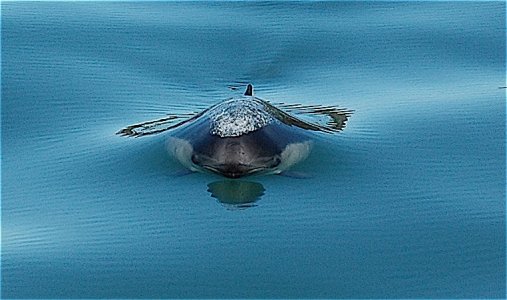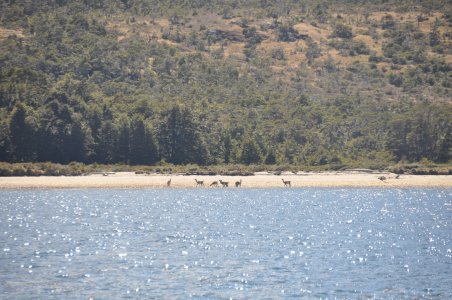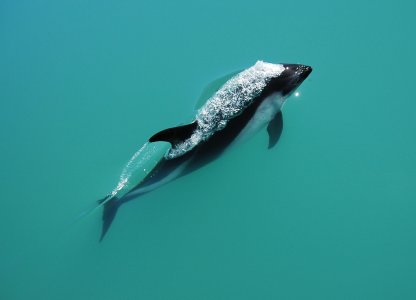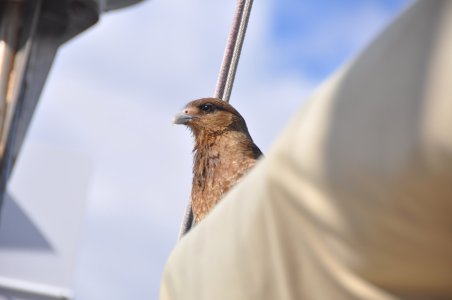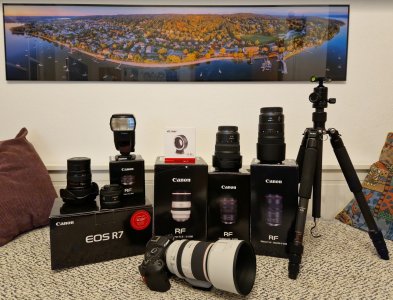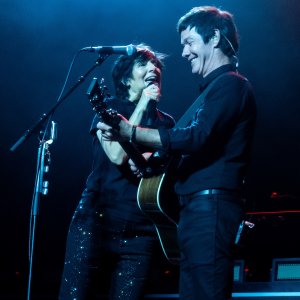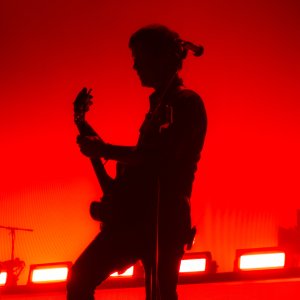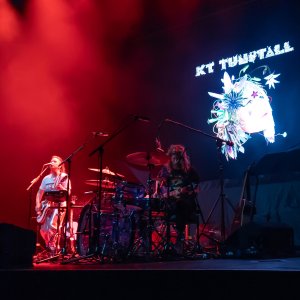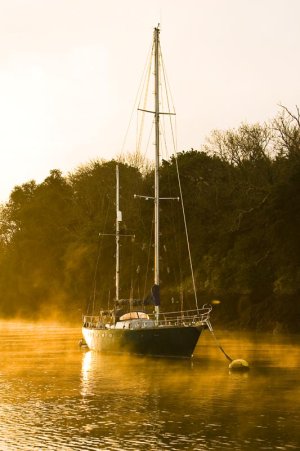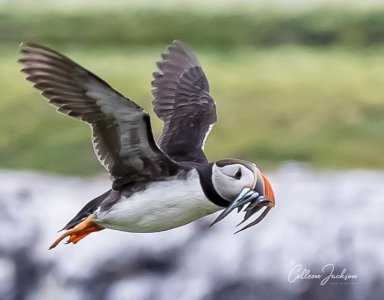Sandy
Well-known member
Are there any keen sailing photographers out there?
I am looking to improve my sailing pictures and wonder if we could use the thread to share tips.
Currently using a Canon 400d in manual mode with a couple of lenses.
I am looking to improve my sailing pictures and wonder if we could use the thread to share tips.
Currently using a Canon 400d in manual mode with a couple of lenses.

